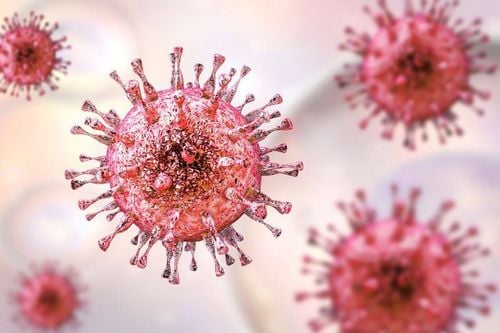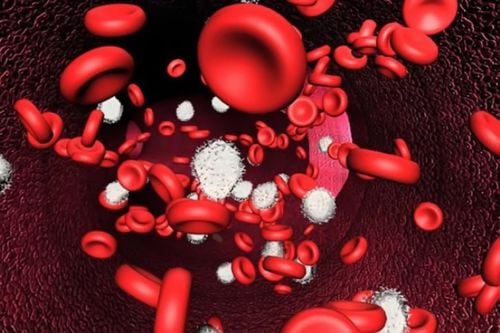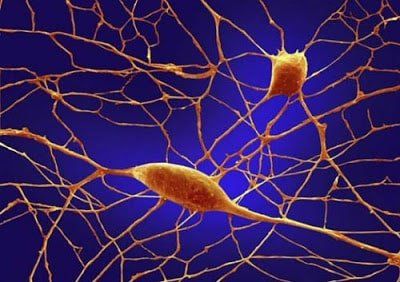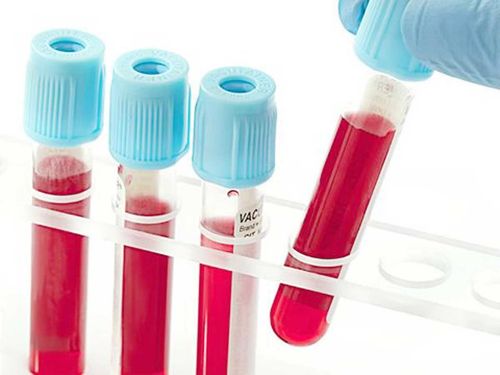This is an automatically translated article.
The article was professionally consulted by Associate Professor, Doctor, Doctor Le Ngoc Hung - Head of Laboratory Department - Microbiologist - Laboratory Department - Vinmec Central Park International General Hospital.When patients have diseases that damage cells of organs and tissues in the body such as liver, heart, and kidneys, it is necessary to conduct tests to investigate the damaged state of cells. Quantitative LDH test is a specialized test, significantly supporting diagnosis and treatment.
1. What is the determination of LDH in a blood test?
LDH is a form of protein known as an enzyme. LDH or lactate Dehydrogenase is an enzyme of most cells in the body that participates in the pyruvate reaction to form lactate, which helps convert sugar into energy for cells to use.
When the body is in a normal state, the LDH enzyme only exists in the cells and
only a small amount circulates in the blood. However, when there are diseases that cause cells to be damaged or destroyed, LDH will be prevented from entering the blood, causing the blood level of LDH to increase. This is the basis for the implementation of the LDH blood test technique to determine the extent of cell damage.
However, testing for LDH alone is not enough to determine the cause of the condition, so additional testing is still needed, low LDH levels are rare and usually harmless. . Because quantification of LDH occurs in many different tissues in the body, it will be classified into several types, specifically as follows:
LDH-1: Heart, red cells, kidney germ cells LDH-2: Reticular system endothelium LDH-3: Lungs and other tissues LDH-4: Kidney, placenta and pancreas LDH-5: Liver and skeletal muscle.
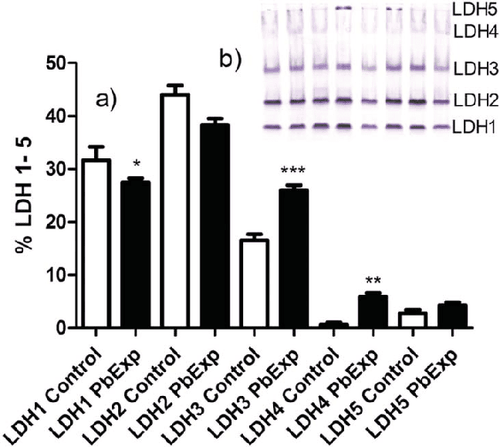
Định lượng LDH 1-5
2. When should a quantitative LDH test be performed?
As mentioned, the LDH index is used to indicate the existence and severity of acute or chronic cell and tissue damage, and can be used to monitor the progression of some diseases such as kidney disease, cancer, liver disease, heart attack monitoring (now there is a troponin index to replace LDH in this area). Therefore, a quantitative LDH test is performed when tissue or cell damage is suspected, monitoring possible causes of damage, as follows:
Blood loss Cerebrovascular accident Blood cancer or cancer Lymphoma Severe infection Low blood pressure Pancreatitis Tissue necrosis Or used to monitor chemotherapy of some cancer drugs. The results show the effectiveness of the treatment. LDH is less common but is also indicated to monitor muscle damage or injury, hemolytic anemia.
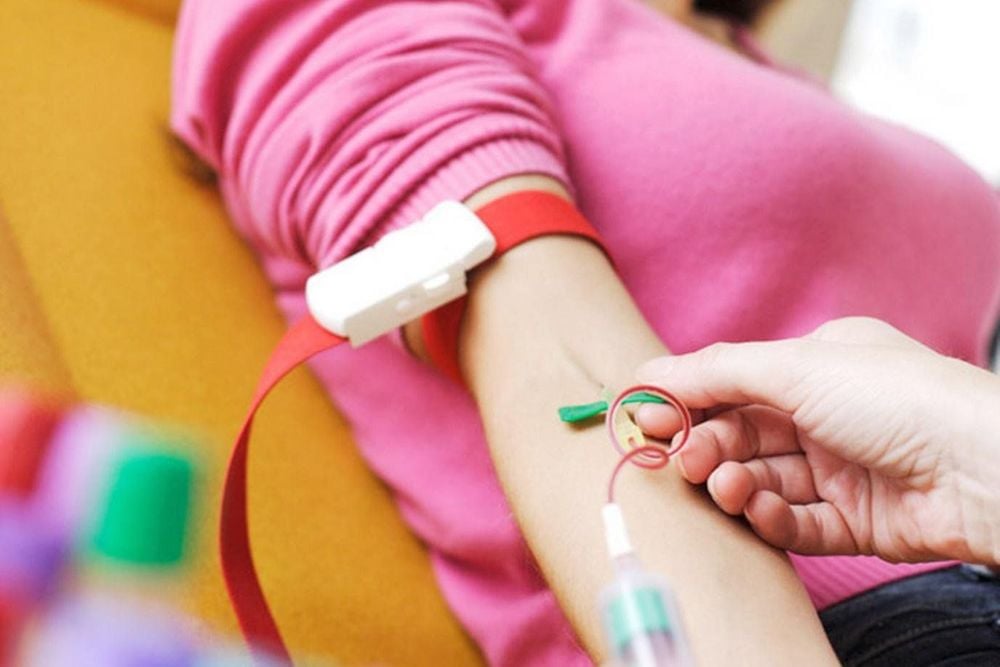
Xét nghiệm định lượng LDH thực hiện trên bệnh nhân viêm tụy
3. Analysis of LDH . quantitative test results
Quantitative concentration of LDH in healthy people is always within the normal range, although there is a slight difference in each person, but it is almost not too high or too low. When the index changes, it shows that there are cell abnormalities in the body.
When LDH levels are high This is a sign of tissue damage, if all 5 LDH values are high, it indicates multi-organ failure in the patient. It should be noted that because LDH is ubiquitous in tissues, LDH alone is not sufficient to determine the location and cause of tissue damage.
Depending on the type of LDH increase can be divided into the following lesions:
Muscle damage: Seen in polymyositis, myocardial infarction,... Pancreatic injury: Found in acute pancreatitis Liver damage: Seen in acute hepatitis, alcoholic or drug-induced hepatitis Renal damage: Seen in renal failure, acute glomerulonephritis or renal infarction Injury to other organs such as pulmonary embolism,... Although tests show you have tissue damage or disease, but do not specify where the lesion is present. If your LDH results are higher than normal, your doctor may add some tests to help make a diagnosis. One of the tests is LDH isoenzyme electrophoresis. LDH isoenzyme electrophoresis measures all different forms of LDH, helping physicians know the location, type, and extent of damage.
When LDH Levels Are Low This is a very rare occurrence, there are 2 types of genetic mutations that can cause a quantitative decrease in LDH levels. One type can cause muscle fatigue and pain, but the other doesn't cause any symptoms. Some people also have quantitatively low LDH levels when consuming large amounts of ascorbic acid (vitamin C).
To register for examination and treatment at Vinmec International General Hospital, you can contact Vinmec Health System nationwide, or register online HERE.
MORE:
What is blood protein? What is the normal number? What disease does increased protein in the blood indicate? T-cell lymphoma: Causes, symptoms, diagnosis and treatment Grades of burns




